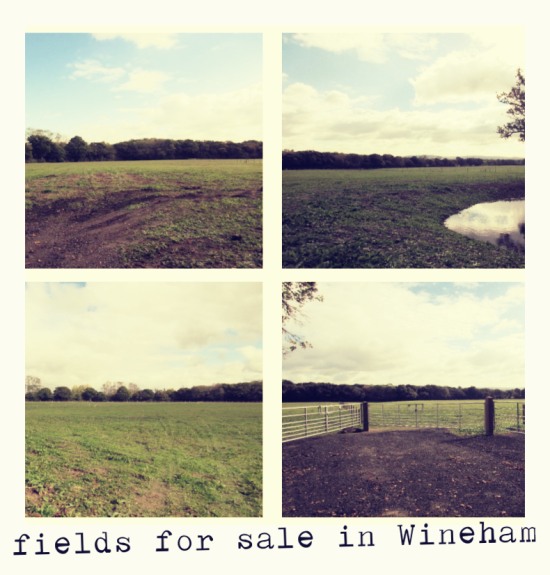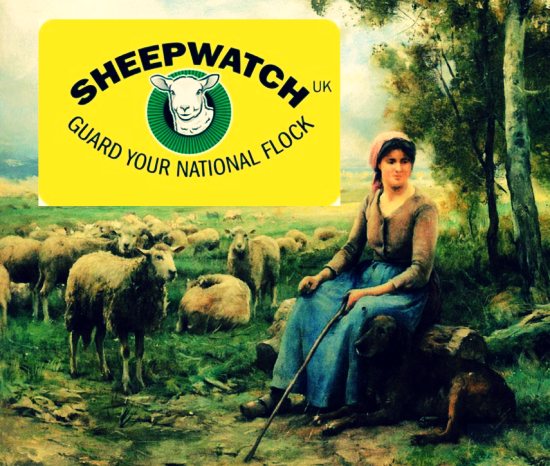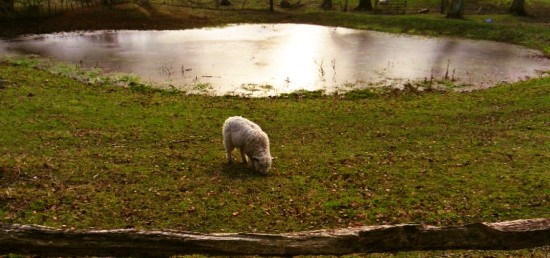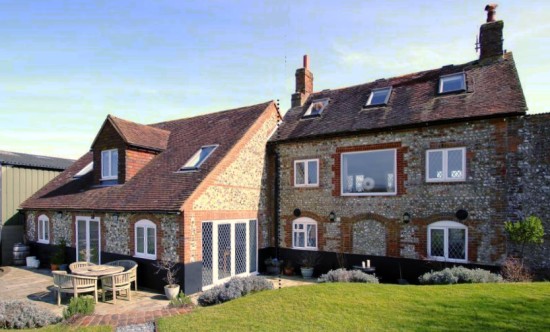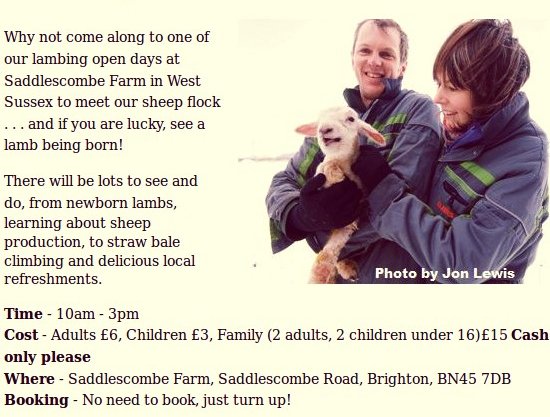Category Archives: Farming
Saddlescombe Farm Heritage Open Day
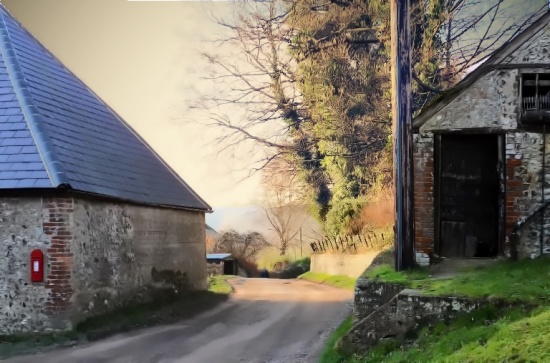
Tours of the 17th century Threshing Barn, Tudor Scullery and Donkey Wheel. You can also venture further afield for tours on surrounding Newtimber Hill. Refreshments at the Hiker’s Rest cafe. Children and dogs welcome. Parking £2 — follow signposts near Devil’s Dyke on the day. Sunday 11th September 2016, 10:30am–3:30pm, free admission.
Sussex Agricultural History
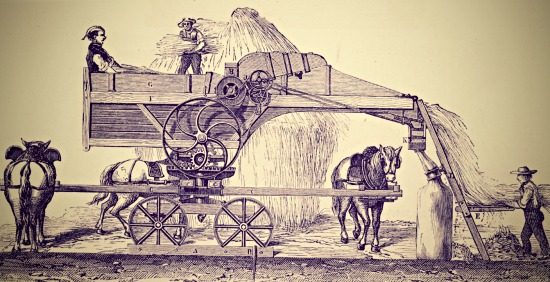
A talk by Dr. Geoffrey Mead (University of Sussex) to Henfield History Group at 8:00pm on Tuesday 10th May in the Free Church Hall, Coopers Way, Henfield. The Sussex landscape is a complex linkage of natural features and processes — the geology and topography of the county. This has been adapted by man into a human landscape which is largely one of agricultural development. The talk will consider the regional and historical variation in Sussex agriculture.
Saddlescombe Farm Open Day
Discover this ancient downland farm that was once owned by the Knights Templars. Tours of the 17th century buildings, the surrounding downs and the walled garden. Displays and demonstrations of traditional work including; hurdle making, shepherding, carpenters’ workshop and more. Tea and home-made cakes available.
Sunday 24th April, 10:30am–4:00pm, adult £5, child £2, family £13.
Many a green isle needs must be
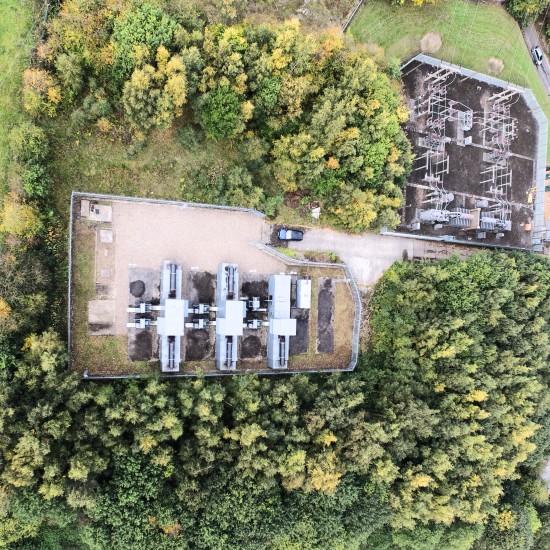
Charlie Flindt writes in Farmers Weekly (£):
I’ve been spotted rummaging through the hedges and tracks than border my farm, searching high and low for, would you believe, an electricity substation. It turns out that if you are lucky enough to find one on or near your farm, and it’s over 33kV, you’re blessed: you can now go ‘generator farming’.
On a concrete pad (hmm, carbon footprint?), surrounded by a massive earth bund, an array of diesel-powered (yes, diesel) generators are installed and linked to the grid. Their sole purpose is to switch on and provide back-up power when the national grid is found wanting. They are known as ‘short term operating reserves’, or STORs.
The figures (as supplied by Strutt and Parker) are astonishing. The average STOR will supply 20MW, and so will need 50 400kW generators. The rents are even more mind blowing. The rule of thumb is £1,000-£2,500/MW capacity, so for a 20MW STOR – well, do the sums yourself. The other good news (assuming you yourself don’t live in earshot) is they tend to only work at night – probably something to do with the inherent night-time uselessness of solar farms. And if you do live nearby, fifty grand a year will pay for some serious double-glazing, or even a new house at the far end of the farm.
1937 Burgess Hill Water Act
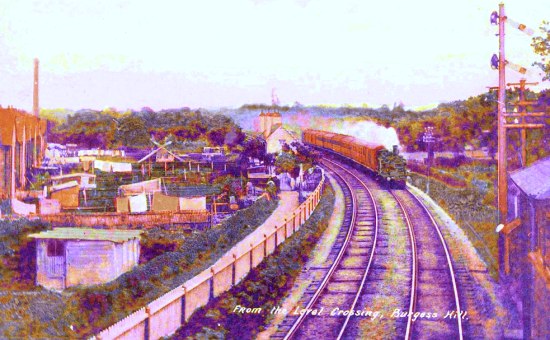
The following letter has just appeared in the current issue of Poynings News. Since water was pumped from Fulking as well as Poynings, it seems rather likely that exactly the same legal and financial considerations apply to those with water sources on their land in Fulking.
In the 1930s the Burgess Hill Water Company began abstracting water from the natural chalk downs aquifer in Poynings, pumping millions of gallons from boreholes and sending water to the rapidly expanding town of Burgess Hill. The result was that the water table dropped and many farms and other properties in the area found that their wells and springs which had provided water for centuries dried up. The Crown Estates successfully promoted an Act of Parliament which required the Burgess Hill Water Company (and its successors) to provide piped water to the affected properties. Each property was allocated an annual “allowance”, roughly equal to the volume of water previously obtained from wells and springs. Over and above the water allowance the water used was to be charged for. Since 1992 the water in the South East is supplied by South East Water, an Australian and Canadian owned Investment Trust Company, which has progressively taken over several local water undertakings. South East Water is now seeking to renege on its legal obligations to provide an allowance of water without charge. If your property is subject to the above Act you could see your water bill massively increase over the next year or so. My property’s annual water bill is set to rise from a few hundreds of pounds to over £10,000. I am not surprisingly contesting this. I strongly suggest that if your property is affected that you contact me with a view to taking concerted action.
Michael Crowther: Poynings Grange Farm, Henfield Road, Poynings BN45 7AW
07802 201 854 mcrowther@crowtherassociates.co.uk
Selina of Sussex 1818-1886

The author Leonard Holder is to visit Fulking on the afternoon of Thursday 29th October and will speak at 2:30pm in the Village Hall about his novel and the local history that underlies it. The heroine of the book is the eponymous Selina Page from whom the author is descended. Selina was the châtelaine of Perching Manor, and the Page family ran Perching Manor Farm from 1857 until 1920 when the Harris family took over.

